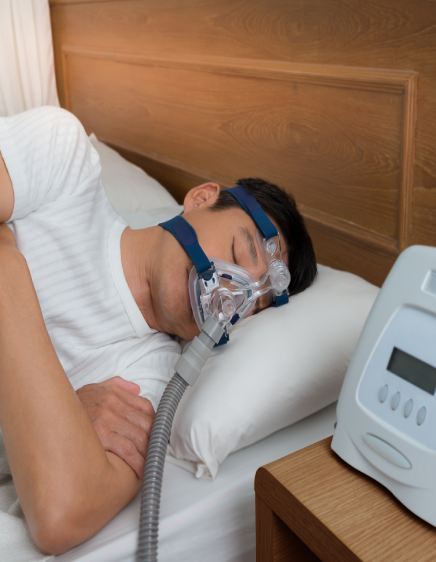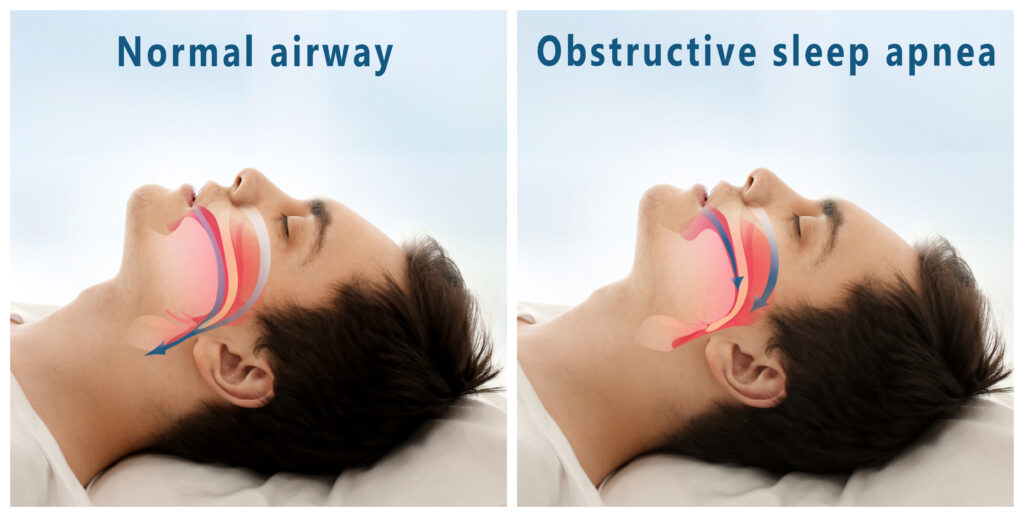Sleep Apnea: Understanding the Silent Disruptor of a Good Night’s Sleep

A good night’s sleep is crucial for overall well-being, as it allows our bodies and minds to rest, repair, and recharge. However, for many individuals, this restful state is disrupted by a common yet often undiagnosed sleep disorder known as sleep apnea. In this blog post, we shed light on sleep apnea, its symptoms, potential risks, and available treatment options.
What is Sleep Apnea?
Sleep apnea is a condition characterized by repeated interruptions in breathing during sleep. These pauses in breathing, called apneas, can last for a few seconds to a minute and occur multiple times throughout the night. The most common form of sleep apnea is obstructive sleep apnea (OSA), where the airway becomes partially or completely blocked, leading to disrupted breathing patterns.

Symptoms and Risks:
The symptoms of sleep apnea can vary from person to person but commonly include loud snoring, excessive daytime sleepiness, morning headaches, and difficulty concentrating. However, since sleep apnea often goes undiagnosed, it can also manifest in subtle ways such as mood swings, irritability, and decreased libido. Left untreated, sleep apnea can have serious health consequences, including high blood pressure, cardiovascular disease, stroke, and increased risk of accidents due to daytime drowsiness.
Diagnosis and Treatment:
If you suspect you or a loved one may have sleep apnea, it is important to seek medical evaluation. A sleep study, either conducted at a sleep center or with a home sleep testing device, can help diagnose the condition by monitoring various parameters such as breathing patterns, oxygen levels, and brain activity during sleep.
Treatment for sleep apnea aims to improve the quality of sleep and alleviate symptoms. Continuous positive airway pressure (CPAP) therapy is the most common and effective treatment, involving the use of a mask worn over the nose or nose and mouth, which delivers a constant flow of air to keep the airway open during sleep. Other treatment options include oral appliances, lifestyle changes (such as weight loss and avoiding alcohol and sedatives), and surgery.
Sleep apnea is a prevalent sleep disorder that can significantly impact a person’s quality of life and overall health. Recognizing the symptoms and seeking diagnosis and treatment are crucial steps towards managing this condition effectively. By raising awareness about sleep apnea, its risks, and available treatments, individuals can take proactive measures to improve their sleep, enhance their well-being, and reduce the potential long-term health consequences associated with untreated sleep apnea.

